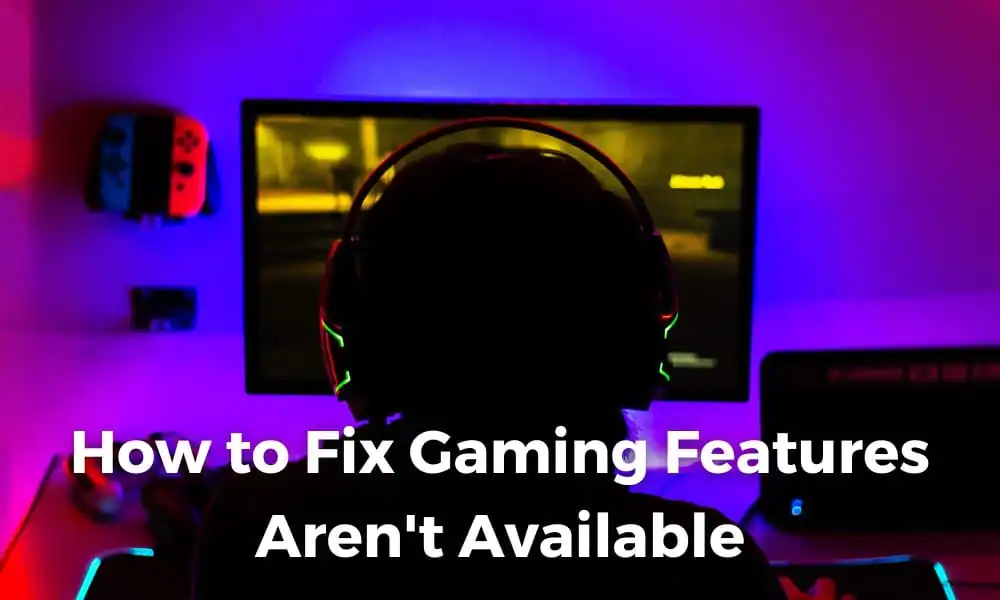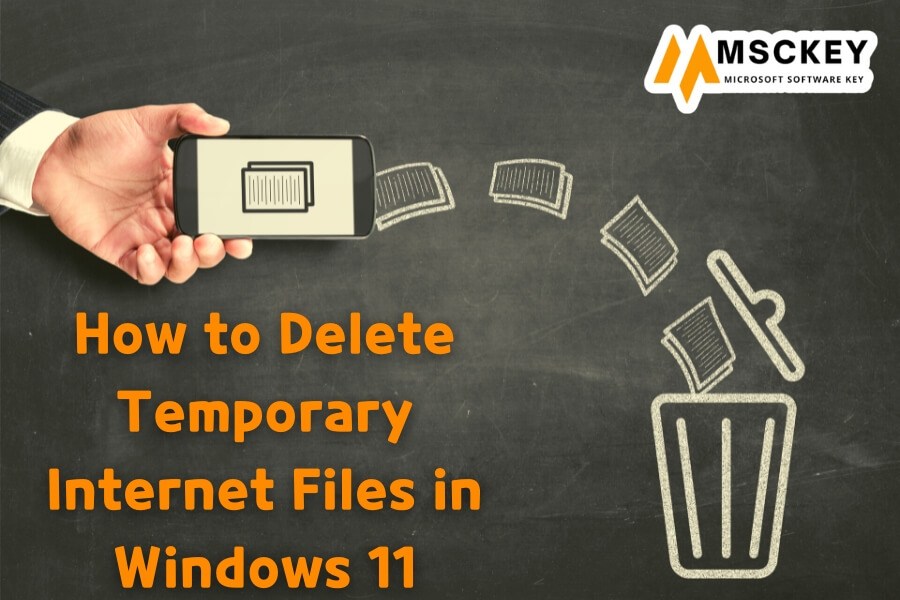Your Windows 11 Upgrade Is Ready: Should We Do It?

Microsoft’s scheduled launch of Windows 11 is kicking into an increased speed these days this means that you and your Windows 10 PC could receive Your Windows 11 upgrade is ready get the benefits. If that day arrives then you’ll need to make: Should you decide to upgrade or remain in Windows 10?
The best part is that it won’t be forced to be transferred into Windows 11. At the moment, at most the upgrade will require approval from you through a click similar to the one in this picture.
If you’re still not ready to make the upgrade then all you need to click is “Stay for now” on Windows 10 for now.” This action blocks the upgrade option, and also removes the icons for notification from your taskbar.
If you’re looking to update, start things off by hitting the Download and Install button. Before you click that button however, think about what could go wrong.
The hardware you are using may not be able to support Windows 11

If your computer is new, it could come with Windows 11 preinstalled. If this is the case you are able to upgrade into Windows 10, but I would not suggest it. A majority of users will be well sticking with the OS, drivers for hardware and utility software your PC was built to work with.
For older computers it is complicated due to the requirements for hardware to run Windows 11. They are more than an aspect of technology. The most significant issue is the requirement for CPU compatibility that bans most PCs made prior to 2019. If your computer is equipped with an 7th Generation (or earlier) Intel CPU, the CPU is not supported, meaning there won’t be any upgrade in any way.
For those older computers are still available for the possibility of moving onto Windows 11, but you’ll be required to do it the hard way by downloading installation files, executing the installation cleanly after which you can restore your data and programs. (For more details, check out the following article: Windows 11 FAQ: Our upgrade guide, as well as everything else you’ll need to know under the section “What is the consequence if my computer isn’t up to the minimum requirements for my system?”)
You may lose features You rely on
A few people are enthralled by the ways Windows 10 works. They really love it, really really love it. They’re also concerned about certain aspects of the user experience which have changed since Windows 11.
For instance, you could place it on the Windows 10 taskbar at the uppermost part of the display or on either side however Windows 11’s taskbar is a version is limited to the bottom of the screen. It also eliminates the possibility of dragging an app or file icon onto the taskbar and then have it pined as a shortcut, and also to arrange the Start Menu shortcuts in folders.
There’s a huge list of features to be removed or no longer supported. If something from that list is essential you’re considering delaying the upgrade. But on the other hand you will definitely get many new features on windows 11 which are not in windows 10.
However, this feature is reversed, too. Do you own docking stations with laptops? Do you have multiple monitors? If yes, the new features to Windows 11 are a substantial improvement over the Windows 10 equivalent, and the upgrade is likely to be beneficial for you.
The Hardware You Use and Software May Not Be Compatible
Since Windows 11 is, at its core an upgrade of features that is a feature upgrade Windows 10, most devices and applications that work and compatible with Windows 10 should work after the upgrade. However “most” isn’t “all,” and you’ll have no chance of getting any work done when you’re trying to reverse the upgrade and restore your computer to the previous operating system.
For clarity the most effective time to test compatibility is prior to you decide to upgrade. If you are using hardware, this involves setting up Windows 11 on a separate device (or on a new partition of the primary one) and then confirming that it functions in a proper manner. For services and software testing compatibility, this can typically be performed by using a virtual machine. (For specifics, read “How to build the ideal Windows 11 virtual machine.”)
If you encounter an issue with compatibility post-upgrade returning to Windows 10 is always an alternative, but the best bet is to avoid this necessity by first testing thoroughly.
You may experience annoying bugs
There is a certain degree of instability that is inevitable when using a brand-new operating system. Even though Windows 11 previews are tested by a large amount of users in Windows Insider Program Windows Insider Program however, there’s absolutely no way these tests will cover the nearly infinite variety of software and hardware in the huge Windows ecosystem.
The pattern is well-established. After major upgrades, Microsoft documents an initial series of bugs that are then patched in the security and reliability updates that are released each Tuesday, on Tuesdays 2nd of every month. Many of the bugs are simply irritating, but a few can be serious productivity killing bugs.
If you’re worried that the new upgrade could affect negatively work processes, then the initial step to do is check all known problems on the Windows 11 Release History dashboard. The list contains comprehensive descriptions of bugs as well as compatibility issues. It will be updated whenever the issue is fixed or a solution becomes available.
If you’d rather delay the process of addressing these issues, wait till it is a little more advanced. Based on the updated annual update schedule Windows 11’s first significant feature upgrade will arrive in October 2022. This update will be a version of the old-fashioned Service Pack 1. If you hold off until several months after the release date, you’ll stand a good chance of avoiding any of the problems that early adopters face.















